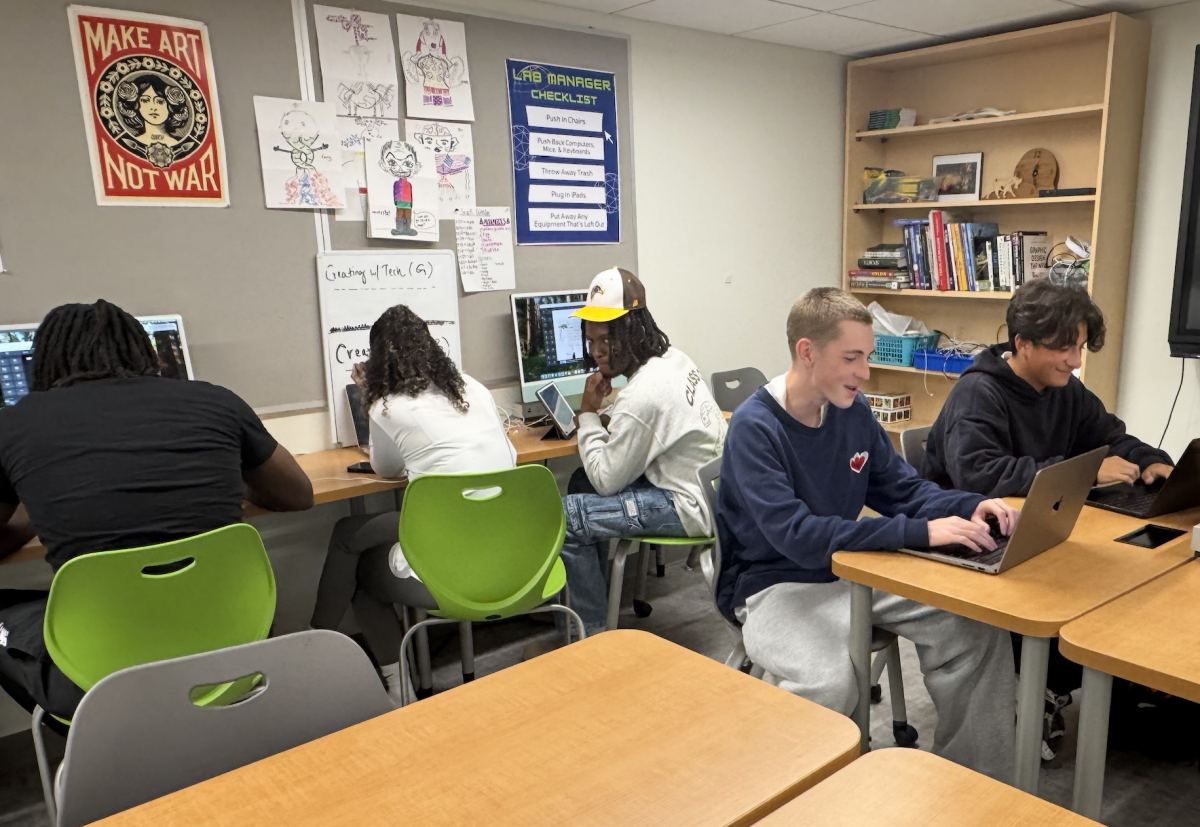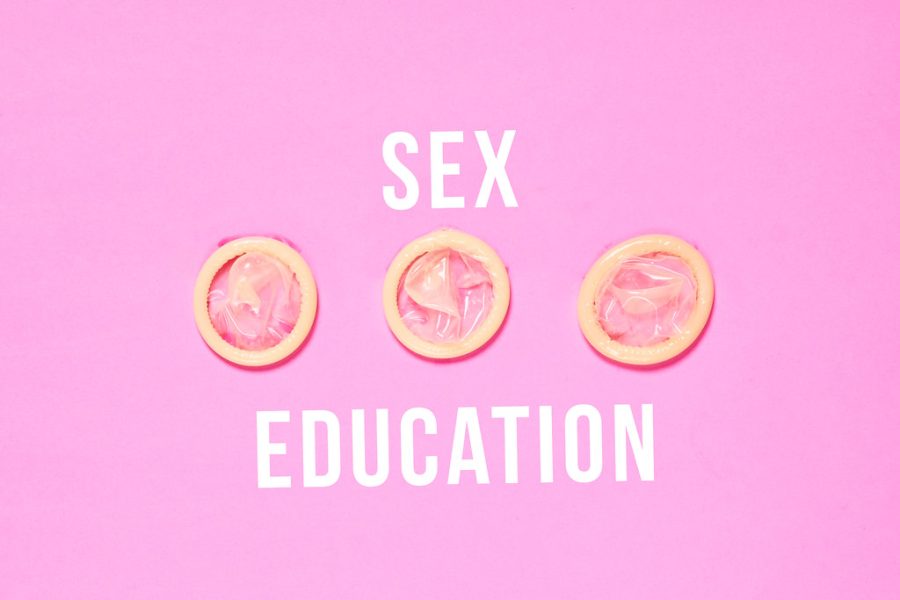Let’s Compare: Sex Education (the Netflix hit) vs. Sex Ed. at FSS
Hit Netflix show Sex Education dropped its third season on September 17th, 2021. The show explores the lives of teenagers, especially the main character Otis Milburn — the teen son of a well-known sex therapist — and his school and social life. This new season dives into his school’s sex education curriculum, raising critiques on the issues that arise within these sex ed. courses. Although one is real and one is fake, Friends Select’s sex education curriculum has some key similarities and differences from theirs.
A similarity between sex ed in the show and sex ed at Friends Select is that both curriculums use scare tactics. In the Netflix show, the school brought in women to share pregnancy horror stories in order to scare the girls in the class. At Friends Select, the sex ed. curriculum includes images of what different STDs/STIs would look like on human genitalia, seemingly in order to persuade students to use protection. When asked about these visuals, Danielle Norris, FSS Physical Education and Sex Ed. Teacher, said, “It is my opinion that the visuals make it real. High school students typically have the ‘yeah, but it won’t happen to me’ attitude about things like pregnancy and STI/STDs. We explain the signs, symptoms, and long-term effects of STI/STDs, but I don’t think that it has the same effect.” The basis of this teaching style at FSS is to make the lessons stick in students’ minds, and hopefully stay with them throughout their lives, guiding them to make good decisions regarding protection. Although the phrase “scare tactics” has a negative connotation, when it’s being used to motivate students to use protection, it can have a positive effect.
A key difference is that fear is not the center of the FSS curriculum. Danielle explains, “It is most important that we provide our students with accurate information rather than having them learn things from shows or from friends.” The FSS sex education curriculum’s main goal is to keep students educated. Although they have an overlapping tactic, they are using it for very different causes. The lesson in Sex Education stems from the sexist belief that female-identifying and presenting students must be taught to partake in abstinence. Friends Select’s scare tactic makes sure that students are aware of the consequences of not practicing safe sex and are incentivized to be smart and protected.
Unlike in Sex Education, Friends Select High School’s health classes are not split up into groups of female-presenting and male-presenting students. In Sex Education, students were split up into two, very confining and stereotypical groups, labeled “boys and girls,” which is problematic and non-inclusive. Making students choose one group or another was a very cisnormative decision that made multiple students at their school uncomfortable, as they had to falsely label themselves by joining one of the groups. At Friends Select, sophomores all take the course together. This ensures that all students learn the same content and feel equally prepared to be safe and protected.
In Sex Education, two students get thrown out of class for disagreeing with the teachers. Otis gets kicked out for fighting against the obvious homophobia in class, and Maeve, another lead, gets kicked out for saying that the school should not preach abstinence. Homophobia was very prominent in the “boys group” lesson in the show, especially around the subject of STDs/STIs. The lesson that the students were being taught was that gay men were much more likely to have STDs, thus preaching the message that LGBTQ+ people are somehow “dirty” or less than their straight peers. In addition, the preaching of abstinence was only taught to the girls. Trying to force teenagers to all be abstinent is unrealistic, and students would be much better off using that time learning about sexual health and safe sex so that if they decided to become sexually active, they would be doing so safely.
The Friends Select Upper School has a different approach. Danielle explains, “specifically, over the 10 years that I have been here, we have added gender/identity and consent to the curriculum. We also require a full quarter of health in 10th grade rather than 2 yrs of short health units, where we felt rushed if a class wanted to explore the topic further or had some really good discussions.” These elements were added to the course in order to cater more towards the students’ needs. This strongly differentiates the two curriculums because at FSS there is an effort being put in to make the class more about the students and their well-being, while in Sex Education, the focus is more on making the students feel bad about themselves and guilty about their choices.
Although there are a few small similarities, it is very clear that these two courses are very different. This boils down to the purpose of each class. The Friends Select course is made to be educational and to help students to have all of the knowledge that they need to make informed life choices. In season three of Sex Education, this new sex ed. class style is brought in when the new principal, Hope Haddon, believes that the students are in need of more discipline and focus. The course in Sex Education is meant to repress teenage sexuality, which is very different from Friends Select’s curriculum that provides us with the information that students need to make decisions on their own.






























Mj Kiernan • Nov 30, 2021 at 10:23 PM
Great article. Very informative